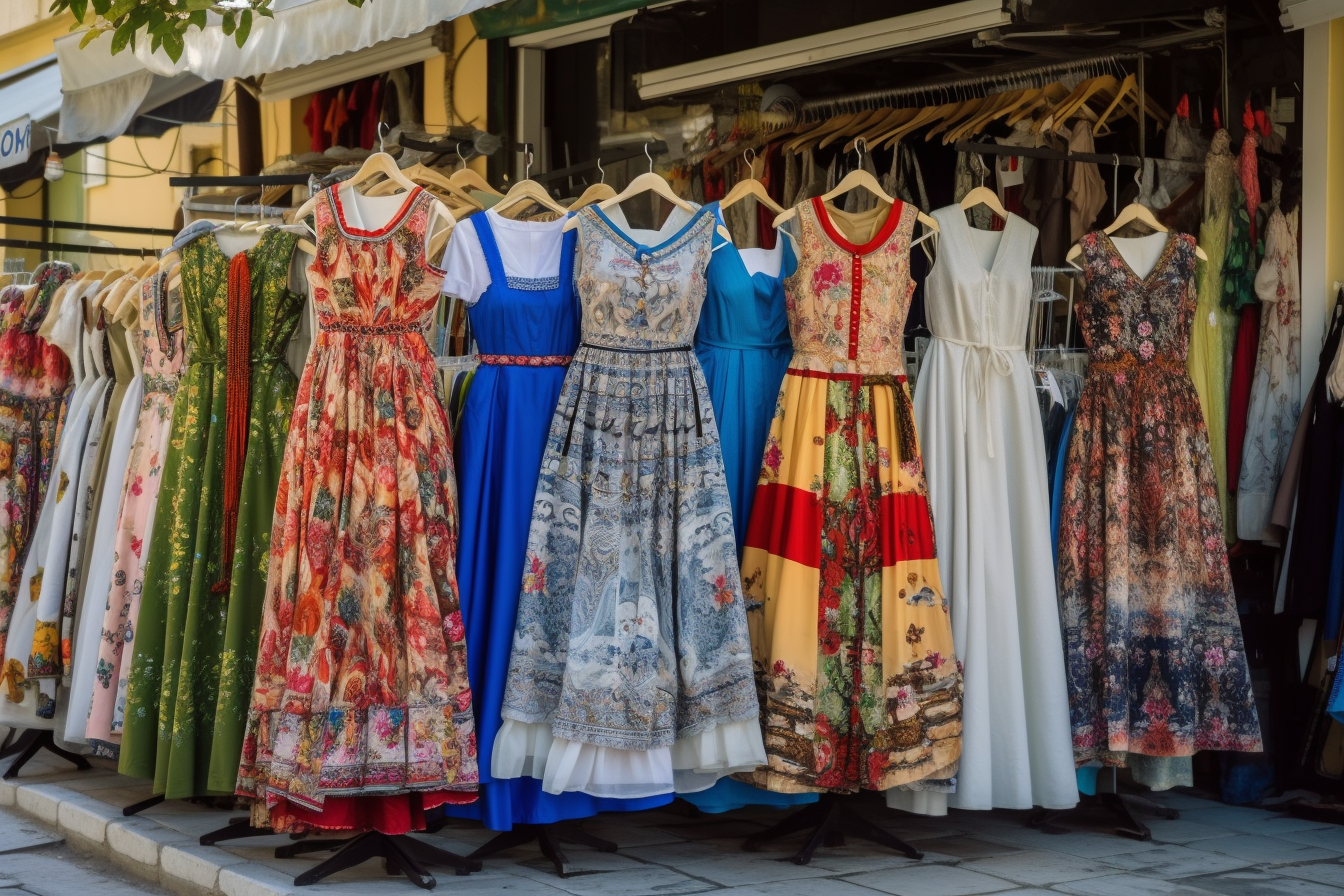Unveiling the Enigma of Minimalism in the Fashion World
Fashion is a dynamic field, ever-changing and evolving. One trend that has emerged and persisted over time is minimalism. It's a philosophy that transcends fashion, infiltrating art, architecture, and lifestyle. However, its role in the fashion industry is particularly noteworthy. This article delves into the rise of minimalism, its appeal, and how it's shaping shopping behaviors and styling choices.

The Genesis of Minimalism in Fashion
Minimalism in fashion traces its roots back to the 1960s and 70s, influenced by the minimalist art movement and the modernist architectural style. Designers like Halston and Calvin Klein began introducing simple, clean lines and a limited color palette into their collections, a stark contrast to the bright, pattern-heavy styles of the time. Over the years, minimalism has evolved, but its core principles of simplicity, functionality, and understated elegance have remained constant.
Minimalism - The Current Trend and its Influence
Today, minimalism has made a resurgence in the fashion world. It’s a response to the fast fashion industry and the overconsumption it promotes. Minimalism encourages a thoughtful, curated wardrobe, focusing on quality over quantity. It’s about investing in timeless, versatile pieces that can be mixed and matched to create a variety of looks, rather than chasing after every new trend.
Research has shown a growing consumer preference for minimalist fashion. It’s seen as an antidote to the noise and clutter of modern life, offering a sense of calm and order. It’s also a reflection of the shift towards sustainability, as minimalism promotes less waste and a more conscious approach to shopping.
The Appeal and Evolution of Minimalism
The appeal of minimalism lies in its simplicity and versatility. It offers a way to express personal style without being dictated by trends. It’s about pared-down aesthetics, thoughtful design, and a focus on quality materials.
Over time, minimalism in fashion has evolved to incorporate more diversity and individuality. It’s no longer just about black, white, and neutral colors. Today’s minimalism embraces subtle colors, interesting shapes, and unique details, allowing for more creativity and personal expression.
The Impact of Minimalism on Buyers
Minimalism has influenced how consumers shop and dress. It encourages mindful shopping, focusing on the longevity and versatility of pieces rather than impulse purchases. It’s about building a wardrobe that reflects personal style and values, rather than being a slave to trends.
As a result, consumers are becoming more discerning, seeking out brands that align with their minimalist philosophy. They’re looking for quality craftsmanship, ethical production, and timeless design. They’re willing to invest in pieces that will last, both in terms of durability and style.
The ‘How-To’ of Minimalism
-
Start by decluttering your wardrobe, getting rid of anything that you don’t love or wear regularly.
-
Invest in versatile, high-quality pieces that can be styled in multiple ways.
-
Stick to a cohesive color palette that allows for easy mixing and matching.
-
Look for simple, clean lines and timeless designs.
-
Prioritize comfort and functionality as well as style.
-
Be mindful of your shopping habits, resisting the lure of fast fashion and impulse buys.
Concluding Thoughts
Minimalism in fashion is more than just a trend; it’s a philosophy and a lifestyle. It offers an alternative to the fast-paced, trend-driven fashion industry, promoting simplicity, quality, and sustainability. As consumers become increasingly aware and conscious of their shopping habits, it’s likely that the appeal of minimalism will only continue to grow. The key is to embrace the principles of minimalism in a way that suits one’s individual style and lifestyle.




